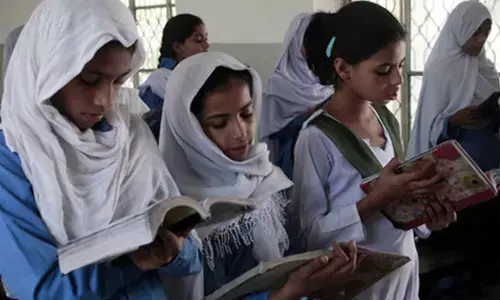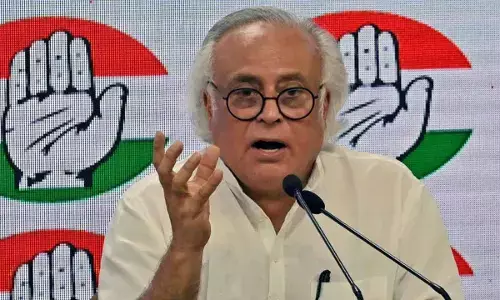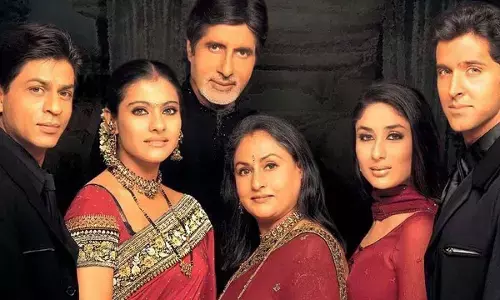India to make up the biggest share of energy demand growth at 25% over the next two decades: IEA

India to make up the biggest share of energy demand growth at 25% over the next two decades: IEA
India will make up the biggest share of energy demand growth at 25 per cent over the next two decades, as it overtakes the European Union as the world's third-biggest energy consumer by 2030.
The International Energy Agency (IEA) said in its India Energy Outlook 2021 released today, India's energy consumption is expected to nearly double as the nation's gross domestic product GDP expands to an estimated $8.6 trillion by 2040 under its current national policy scenario.
The IEA said that this is underpinned by a rate of GDP growth that adds the equivalent of another Japan to the world economy by 2040. India's growing energy needs will make it more reliant on fossil fuel imports as its domestic oil and gas production has been stagnant for years despite government policies to promote petroleum exploration and production and renewable energy.
India Energy Outlook 2021 explores the opportunities and challenges ahead for India as it seeks to ensure reliable, affordable and sustainable energy to a growing population. The report examines pathways out of the crisis that emerged from the COVID-19 pandemic, as well as longer-term trends, exploring how India's energy sector might evolve to 2040 under a range of scenarios.
The report says that India's future prosperity will hinge on affordable, clean and reliable energy. In support of its projection, it says that India has seen extraordinary successes in its recent energy development, but many challenges remain, and the COVID-19 pandemic has been a major disruption. In recent years, India has brought electricity connections to hundreds of millions of its citizens; promoted the adoption of highly-efficient LED lighting by most households; and prompted a massive expansion in renewable sources of energy, led by solar power.
The gains for Indian citizens and their quality of life have been tangible. However, the COVID-19 crisis has complicated efforts to resolve other pressing problems. These include a lack of reliable electricity supply for many consumers; a continued reliance on solid biomass, mainly firewood, as a cooking fuel for some 660 million people; financially ailing electricity distribution companies, and air quality that has made Indian cities among the most polluted in the world.
The report says India is the world's third-largest energy-consuming country. The report says, the rising incomes and improving standards of living helped India in achieving the fete. Speaking about it, the report says, energy use has doubled since 2000, with 80 per cent of demand still being met by coal, oil and solid biomass. On a per-capita basis, India's energy use and emissions are less than half the world average, as are other key indicators such as vehicle ownership; steel and cement output. As India recovers from a COVID-induced slump in 2020, it is re-entering a very dynamic period in its energy development. Over the coming years, millions of Indian households are set to buy new appliances, air conditioning units and vehicles.
It says, India will soon become the world's most populous country, adding the equivalent of a city the size of Los Angeles to its urban population each year. To meet growth in electricity demand over the next twenty years, India will need to add a power system the size of the European Union to what it has now.
India has a wide range of possible energy futures before it
Talking about the wide range of possible energy futures before India, the report has mapped out possible energy futures for India, the levers and decisions that bring them about and the interactions that arise across a complex energy system. The increasing urgency driving the global response to climate change is a pivotal theme. India has so far contributed relatively little to the world's cumulative greenhouse gas emissions, but the country is already feeling its effects.
















